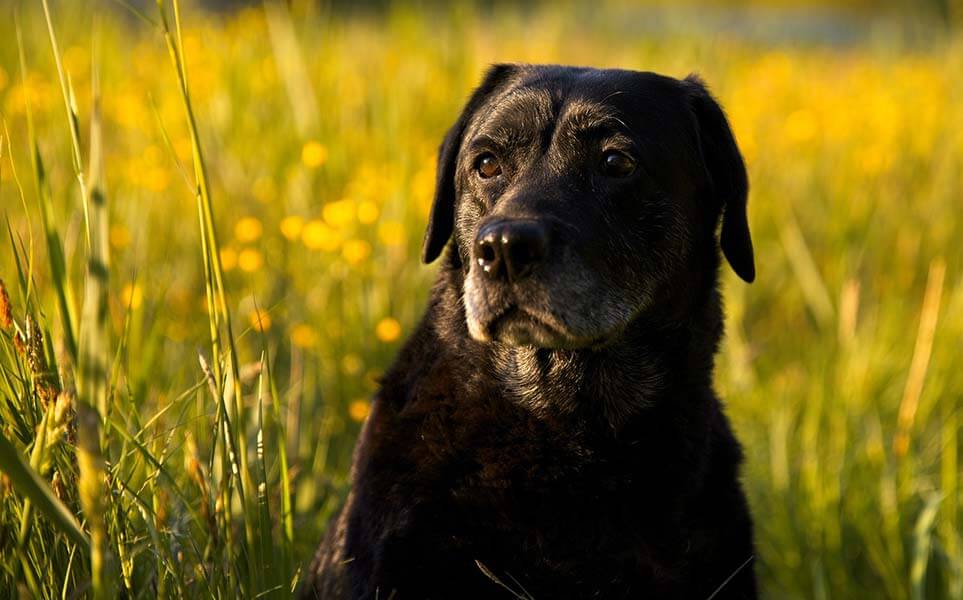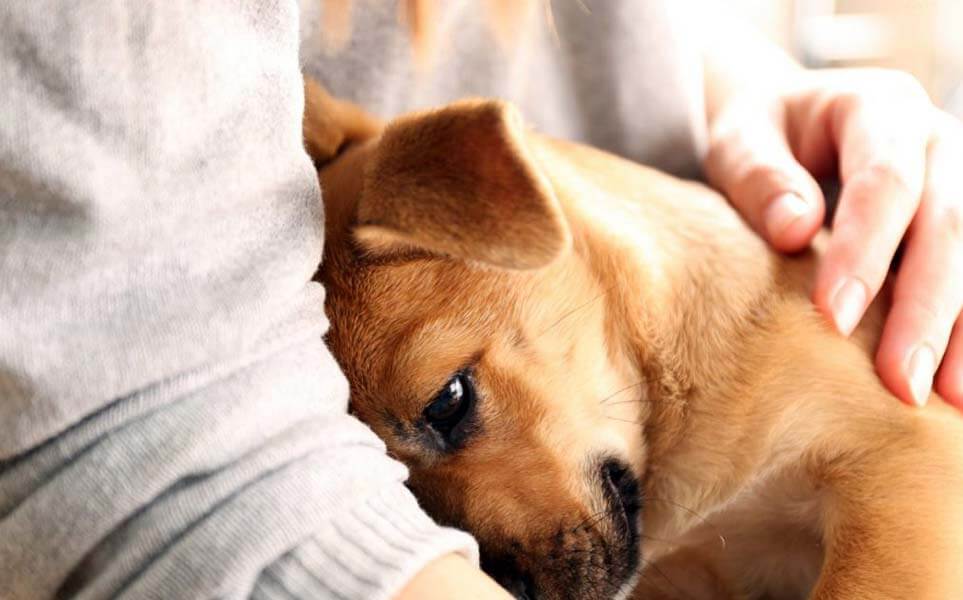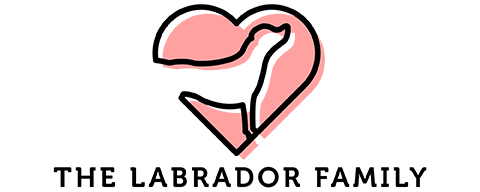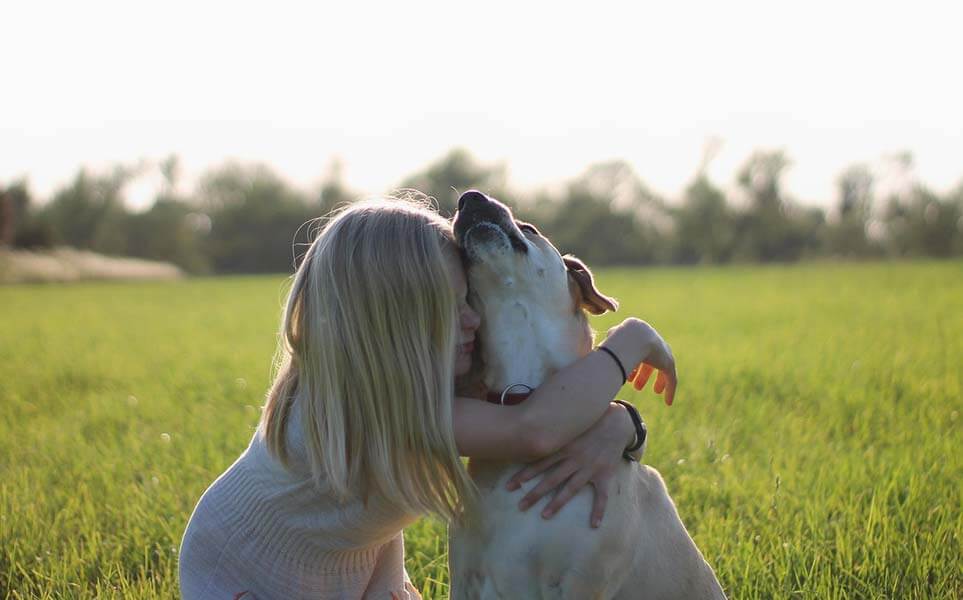Labrador owners are truly blessed with companions who are friendly, high-spirited, and extremely easy to train. That’s why they always want to make sure that their pet feels as loved and cared for as possible, and a big part of that is providing them with enough physical affection. Some even believe that Labs get more cuddly as they age — is this true?
Some Labradors get more cuddly as they age; however, that’s not always the case. Each dog has a unique personality that encourages it to act one way or another, so its needs for affection throughout its lifetime are difficult to predict. However, many older dogs require extra cuddles.
Read on to learn more about a Lab’s need for affection and cuddles throughout its lifetime. Below, I’ll explore just how much truth there is to the idea that older Labradors are more cuddly, as well as take you through some important behavioral markers that can help you better understand your pet’s needs. So, if you’re a proud Lab owner looking to learn new ways to improve your pet’s life, this guide is for you.
Are Older Labradors More Affectionate?
Older Labradors aren’t inherently more affectionate than their younger counterparts. However, many of them can be. It all depends on the personality of your specific pet; some like to be left alone and enjoy their space and comfort, while others require extra attention and affection since they don’t get much activity throughout the day.
I know this might not be what you wanted to hear; however, no one can know a dog’s need for affection better than you, its owner. One thing older dogs all have in common is that they start getting sleepier and less active, which is to be expected.
However, when it comes to cuddles, how can you tell whether your aging dog would like more or less of them?

How To Tell When Your Senior Labrador Would Like To Cuddle
There’s no better way to determine whether your Lab is getting more cuddly with age than to actually take note of its behavior and body language. One thing I do want to note, though, is that Labradors are especially affectionate species, so chances are they’re pretty keen on any type of physical affection from you, cuddles included.
Though it’s (unfortunately) impossible to downright ask your Lab whether it’s a good time for cuddles, you can always keep the following tips in mind if you want to make an accurate assessment of their affection-related needs:
- Let the dog come to you. Never follow your dog around trying to cuddle. If your pet wants physical affection, I guarantee it’ll come straight to you. You can’t convince a dog to accept cuddles, so if they’re trying to get away from you, that’s a pretty clear sign that they’re not in the mood for cuddles. This tip is especially important if the Labrador in question isn’t all that familiar to you or you’re not its owner.
- Look for signs that the dog is open to physical contact. There are a few universal signs through which dogs communicate to us that they feel safe, happy, and open to physical contact. These include eye contact, rolling over, tail waggling, and physically getting closer to you. However, keep in mind that any of these behaviors on their own can be misinterpreted, so always look for at least a couple of them before acting.
- Reassess if necessary. Just because you’ve got the green light to pet doesn’t necessarily mean you’ve got the green light to cuddle, too. So, start by gently petting your Lab and then try to get closer. If your dog seems to reciprocate, then great! However, if they seem at all uncomfortable or stiff, it might be better to create some space again until it feels comfortable enough.
How To Cuddle Older Labradors
Most dog owners know that there are plenty of ways to cuddle with their pets. However, some ways of showing affection are better suited to older dogs than others. You’ll have to be extremely careful not to accidentally hurt or overwhelm your senior dog. After all, they’re more fragile now than they once were.
One thing to note here, though, is that each dog has its own preferences when it comes to how they like to receive physical affection. Some like actual hugging, while others are partial to pets and scratches. It’s up to you to experiment with different cuddling techniques and see which one is best received by your companion.
With that said, there are some general tips I can give you on how to cuddle older Labs that can be universally applicable:
- Always put your dog’s comfort first. Check your Lab’s body language from time to time to see if they’re feeling relaxed or a little bit on edge. Switch up your petting or cuddling method from time to time and see how your pup reacts to determine which approach it prefers. Moreover, never force your pet into a position it isn’t comfortable in. For example, if it doesn’t want to sit on your lap, cuddle on the ground or sofa instead.
- Follow your dog’s lead. Pets, and Labradors in particular, are smarter than you’d think. Though they can’t tell you what they want using words, they still do so through body signals. For example, if your dog rolls over, it’s a good idea to go for belly rubs. If it comes close to you and sits in your lap or leans on your chest, some hugs may be in order.
- Be gentler than you would with a teenage or young adult dog. Labradors are extremely energetic and usually enjoy roughhousing. However, once they get older and weaker, they might feel overwhelmed or accidentally get hurt if you’re too aggressive with your cuddling or petting approach. So, always start slowly and gently and see where you can go depending on how your Lab responds.
Do Puppies Like Cuddles More Than Old Labradors?
As mentioned, any dog’s fondness for cuddling will depend on its personality, and puppies are usually more open to physical affection than their older counterparts. That’s because they need to feel even more loved and protected. Not to mention they have a seemingly unlimited amount of energy to burn off through cuddles and kisses.
On the other hand, older labs are usually more prone to issues like joint pain or age-related illnesses, which is why physical contact can sometimes add to their pain or suffering, which is why they prefer to keep their space.
On the other hand, some dogs can be the exception to this rule. When they grow tired of playing around and have become closer to you, they cherish that closeness by requiring constant pets and cuddles. The amount of time a dog has spent with its owner also plays a significant part in how open that pet is to cuddles.
So, we can make an argument that since older dogs have had more time to build that trust and affection toward their owner, they might be more open to longer pet and snuggling sessions.

Affection Requirements of Labradors Throughout Their Lifetime
In the spirit of the “Do puppies like cuddles more than old labradors” discussion, I wanted to take a closer look at how a Lab’s affection requirements change throughout its lifetime.
You’ll first notice a Lab puppy requiring physical contact at about 6-8 weeks old, which is when they start forming an attachment to humans. This also coincides with the 2-month mark of their lifetime, which is the period where dogs, as a species, start developing proper emotions. Up until then, they might be somewhat responsive to your pets and scratches, but they won’t go out of their way to search for cuddles and affection.
Lab puppies can be even needier if their mother isn’t around, leaving them at a deficit of physical affection and cuddles.
Once your pup reaches three months of age, you’ll want to make the most out of this excellent training and bonding time. This means that, at this stage, you might even build some desired cuddling-related behaviors. For example, if you enjoy snuggling up on the couch with your pup, create a routine to make your time together come naturally to your pet.
On the other hand, if you don’t want to allow your Lab in your bed or sofa, focusing on pets and scratches might be a good idea to keep them feeling loved without having to cuddle. Depending on the personality of your Labrador, though, you might not have much of a choice in the matter.
One thing I want to note, though, is that during this time, your pup’s brain is growing rapidly, and both positive and negative events can have a big impact on their personality later in life. So, if there’s any time to only on positive reinforcement and try as hard as possible to keep your pet feeling safe and loved, this is it.
From the ages of four to ten months old, your Lab pup will go through adolescence. By this point, you should be able to have a pretty good read on its personality, which allows you to tailor your behavior and training approaches accordingly.
At this stage, the dog is also better equipped to communicate its needs and emotions. So chances are that if your teen Labrador is thinking about cuddling, it’ll surely let it be known. The great thing about it is that it takes guessing out of the process, so you can rest assured that your pup is having a great time during snuggle time.
Keep in mind that just like human teens, puppies of this age can also be challenging to care for and unpredictable. They’re known to test boundaries and showcase their newfound confidence during this time, so make sure to stay patient as you continue with your training.
Luckily, though, this period doesn’t last forever, and once your Lab hits the one-year-old mark, it’ll start entering adulthood and thus becoming more mature.
At this point, the dog knows what it wants and how to communicate whatever that is to you. This is also the time when its personality becomes much more apparent, so you’ll be better equipped when it comes to dealing with its needs. Hopefully, during this year, you’ve also established some routines, so if you’ve trained your pup to know that, say, eight o’clock is cuddle time, rest assured that they’ll show up right on time.
However, remember that Labradors, just like any other species, will continue to grow and showcase more aspects of their personality all throughout adulthood, so try to be flexible to accommodate their ever-changing bodies and temperaments. If this means changing your cuddling schedule and letting it be a bit more unpredictable, so be it.
Once a dog grows and becomes older (10+ years old), chances are it’ll start facing some inevitable health-related issues. That’s likely when you’ll see it becoming more withdrawn. Think about it – if you were sick or in pain, would you like anyone cuddling you and getting all up in your personal space?
Chances are you wouldn’t so assume your pup feels the same way unless their body language says otherwise (some of them might still find comfort in your pets and cuddles even when sick).
The good news, though, is that if or when they return to good health, they’ll once again search for physical affection from the humans they trust the most. Just because they’re older doesn’t mean they don’t need to feel loved or cared for.
Conclusion
At the end of the day, no two Labs are the same, so whether they’ll actually get more cuddly as they age will depend on their unique personality. Still, many dogs tend to require more affection as they get older, so you shouldn’t be surprised if your pup requires more cuddles as time passes.
It’s always essential to pay attention to the body language of your pet in order to determine the right amount of physical affection to provide to them throughout the day. That way, they feel loved and cared for but not suffocated.



